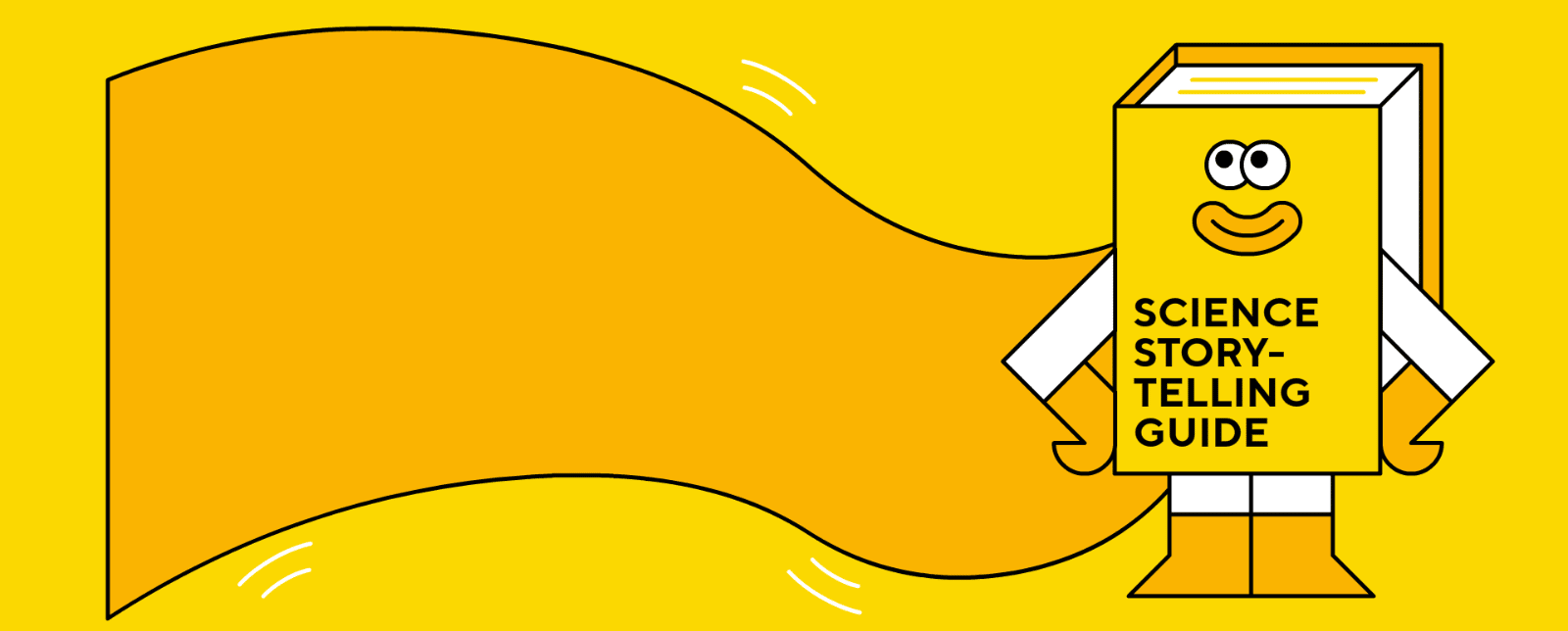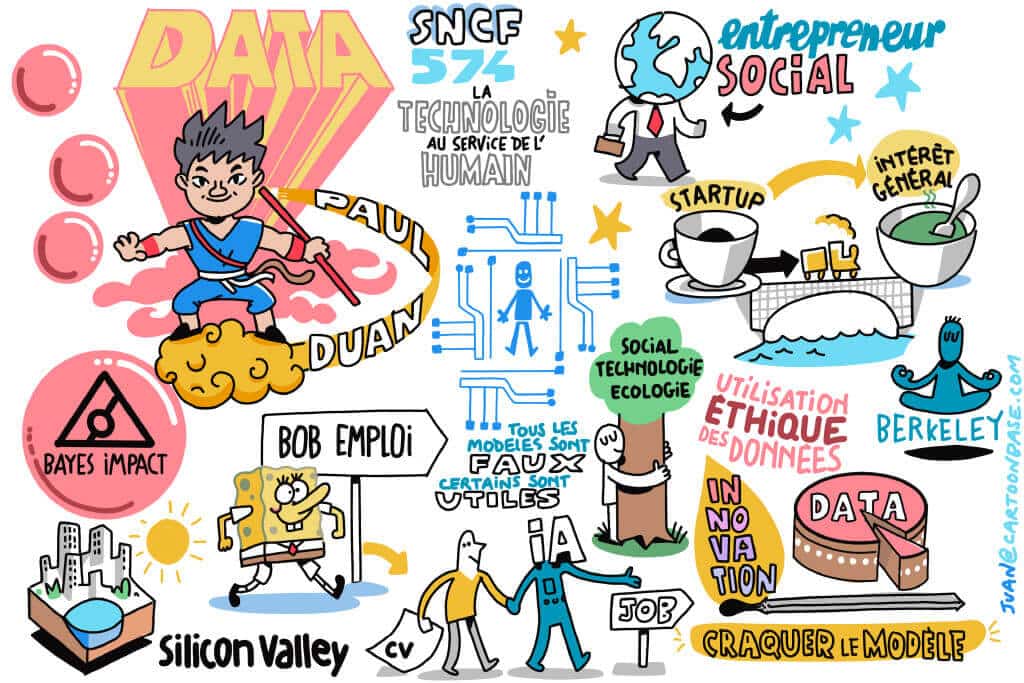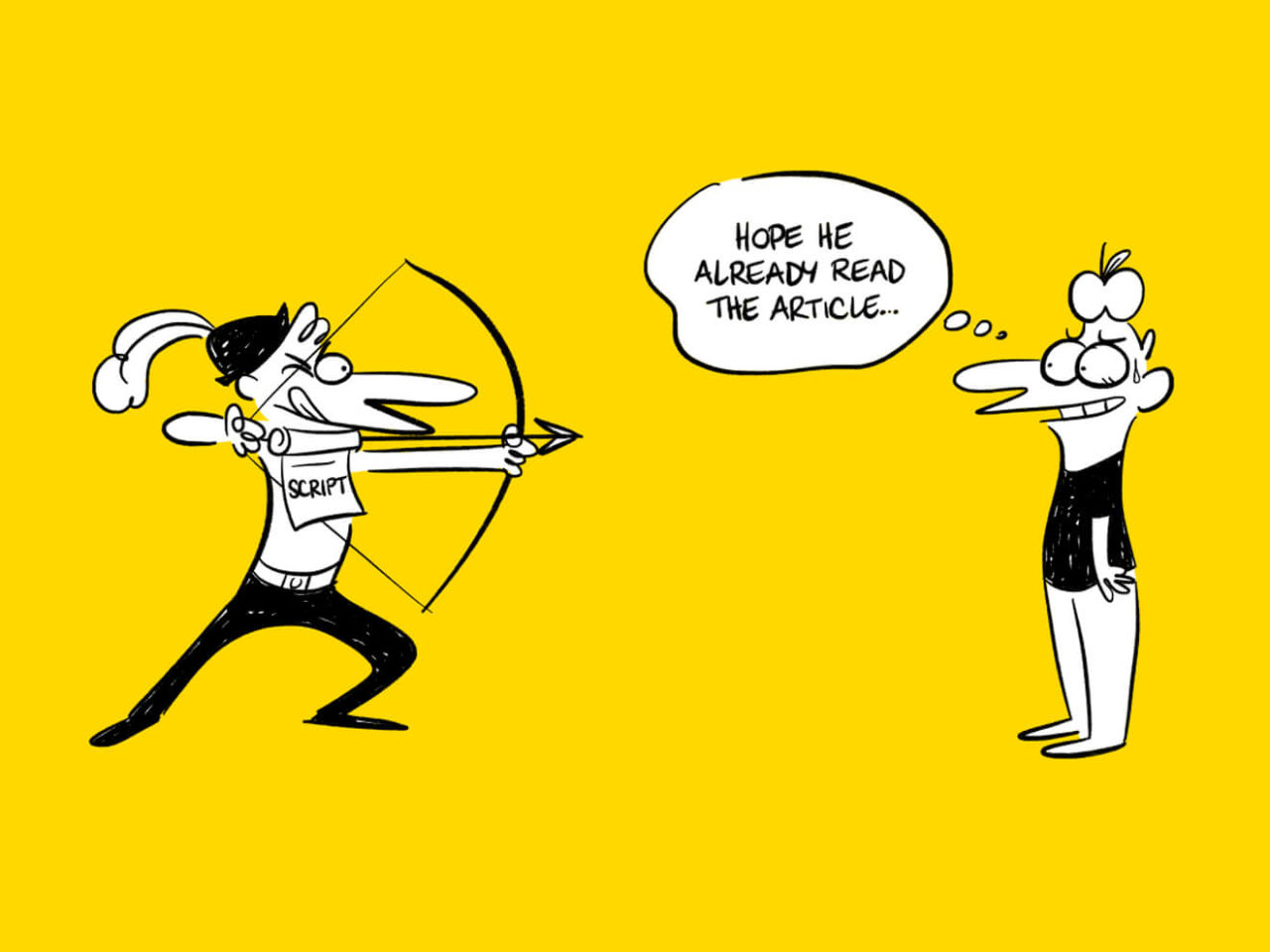How to bring science to large audiences
How can you explain highly complex things to people who know nothing about them – and make them care? By creating a powerful narrative. That’s what scientific storytelling is all about.
Contents
When Sir Alexander Fleming, then still a – somewhat careless – lab technician, forgot to clear away some culture plates on a bench in his lab before leaving for a family holiday in Suffolk, he made a startling discovery upon his return. One culture was contaminated with mould, which had prevented the growth of staphylococci on the plate.
“That’s funny,” he reportedly noted.
He would later identify the mould as the genus Penicillium. The world’s first antibiotic was born.
Many of you will already know this story. Most of you will never forget it. Because it’s about one of the greatest discoveries in medical history?
Sure, but mostly, because it’s a great story.
We all like stories. In fact, we are hard-wired to enjoy stories. We especially enjoy true stories, because in a way, they are always about us: they tell us something new about the world we live in. Science stories are exactly that: true stories that deliver a new perspective on the world.
Still, who will bother to read a lengthy article about science when it’s competing in their newsfeed with a cat video?
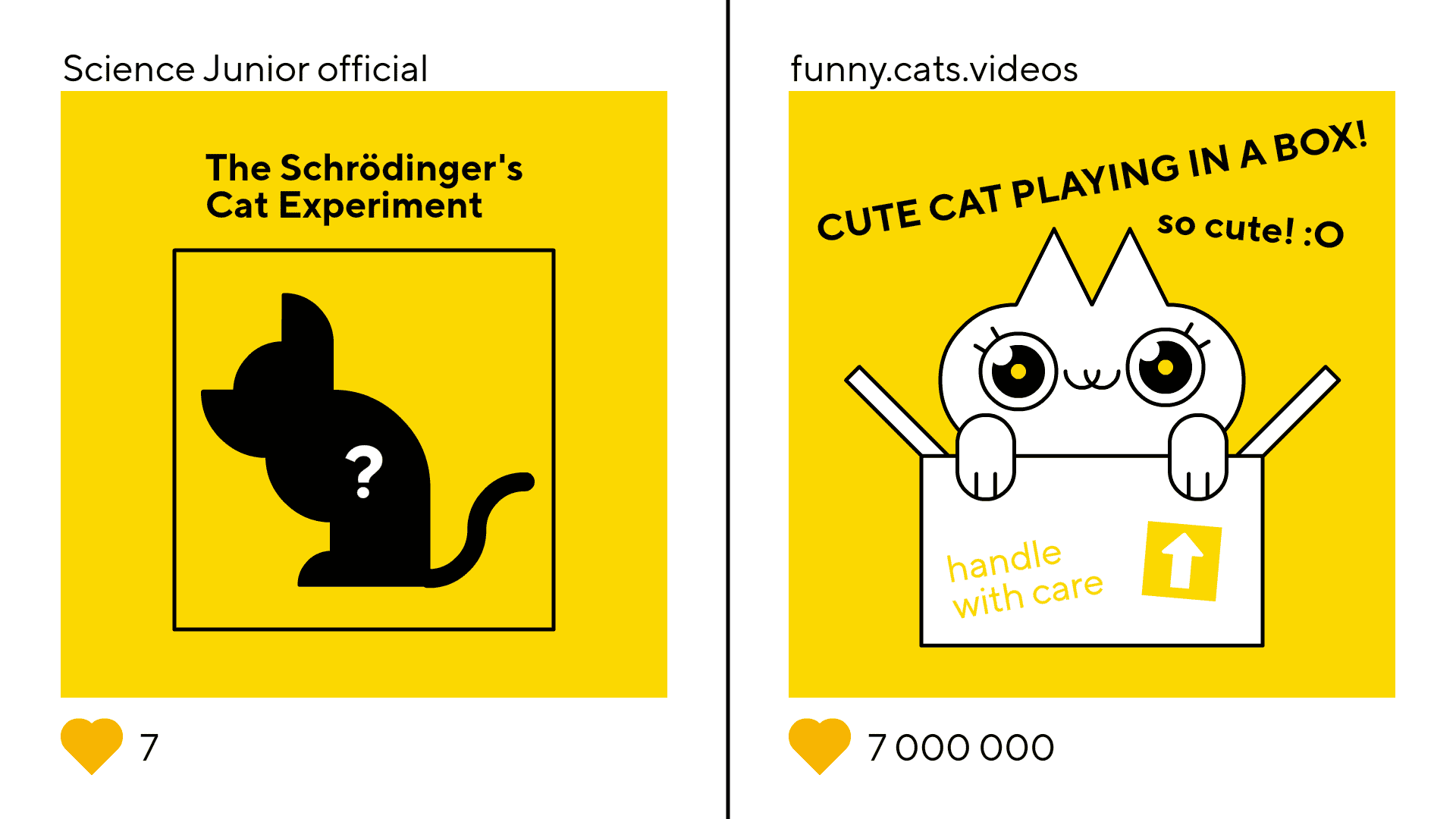
Science storytelling, or the art of making your work matter
Actually, we all do bother, and happily invest hours of our time in extremely specific content: as long as it matters to us. Noticed how amazingly knowledgeable the average person has become about the different ways a vaccine can fight infected cells? That’s because the science around Covid is an unfolding story that concerns us all.
How can we influence what matters to our audiences? By helping them realise how something that seems remote impacts them directly.
Good scientific storytelling can make people curious about a niche topic – and make them feel involved.
Here’s a chicken-or-the-egg question though: how to lay out to your audiences why they should care, when they would need to care to listen in the first place?
Think of it as a virtuous cycle – and use our science storytelling toolkit to get it spinning.
Lessons for corporate communication from scientific storytelling
The tools of the trade of science storytellers are valuable not just to those working in science and research outreach.
Virtually anyone working in communications knows how difficult it can be to get audiences interested in stuff that’s intricate, complex, or abstract. We all prefer to skip reading the manual. Unless it’s fun to read – or watch: YouTube unboxing videos and tutorials are really just modern-day versions of the ‘owner’s manual’, and they can be pretty addictive.
Best practice from scientific communication and popular science holds important lessons for all those who need to communicate on technical topics, making specialised knowledge attractive while keeping it accurate.
Stories make science more accessible
“When I first came to work in science communication, I was daunted,” one of our copywriters recalls. “Back in school, my track record in natural sciences had been appalling, and I had done my best to opt out of any activities involving figures or formulas as soon as I could.
As I started reading through the scientists’ reports – something about microalgae, I remember – to prepare some questions for one of the researchers, I felt transported back to my school days: put off by the almost foreign-sounding jargon, I was overwhelmed by a strong sense of “I don’t get it”.
Then something magical happened.
The researcher got back to me and explained how her work at the microscopic level was really all about changing the world. Her passion about her project was contagious, and as I dug again into the technical parts of her reporting, I suddenly started unravelling the mysteries of her work – because I had started to care.
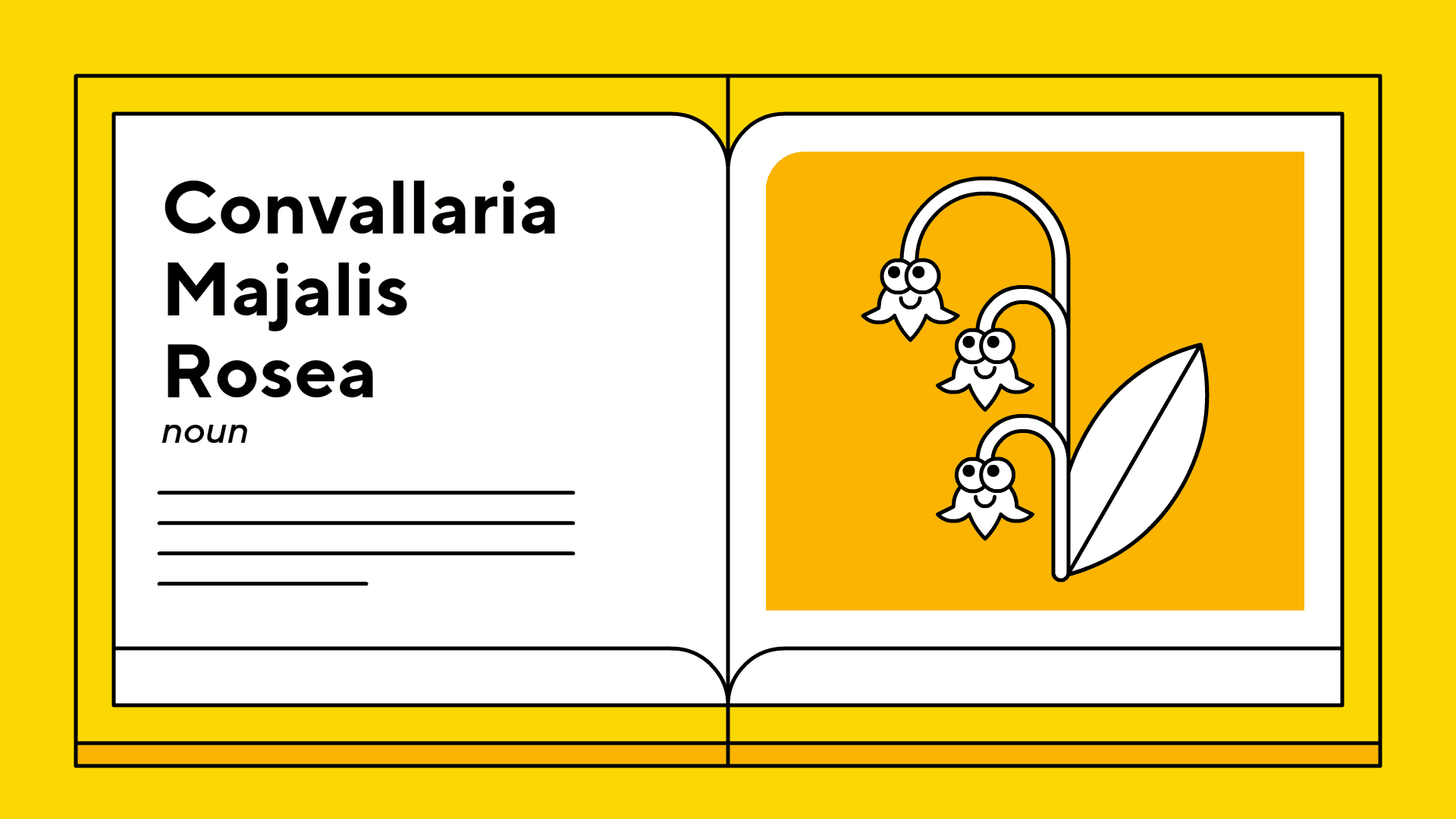
Now working with the end in mind, the jargon started to make sense and turned into a story about a person who set out armed with her microscope to clean up the air with pollution-free fuels.
It hit me then that it doesn’t take a scientist to create a science story: when you know a topic too well, it can actually be harder to put yourself in the shoes of someone who doesn’t. If you’re not a scientist, you can act as your own benchmark: if you can understand it, then so can your audience.”
Working out a storyline helps understanding: because it puts the technical elements into a context that provides explanation, and because it improves our focus and involvement.
That narrative is not something we need to add on top of the actual topic – it’s already there, we just need to make it visible: it’s the story of why we do it, of the people behind the project, of how they got the results we are talking about. And why they matter.
Showcase
Science storytelling in action: the love story of Alice and Bob
How to talk about cryptography and secure online communications with a broad audience of non-experts?
Let’s start with a love story featuring Alice and Bob, the Romeo and Juliet of cryptography.
Video: Secret Lover’s Code 2.0
Client: Huawei

Our challenge:
Explaining how encryption algorithms work to a broad YouTube audience of people curious about how stuff works, but with no expert knowledge on IT or cryptography.
Entertaining the audience, who watch these videos to have fun while learning new things.
Our science story:
We introduce Alice and Bob. These names are traditionally used as placeholders in discussions about cryptography. We turn them into actual characters with a top-secret love story that requires securely encrypted communications!
We create a visual universe with hand-drawn animation that fits the tone of the love story angle, giving the video the feel of a short animated film.
The science about encryption and algorithms is embedded in a narrative mixing Alice’s and Bob’s story, historic (fun) facts, and hard science.
Verdict:
Alice and Bob live happily ever after – their story has currently been viewed over a million times on YouTube.
Use the power of visuals to tell your science story
We’re not only hard-wired to like stories: we also like images.
When children start to read, they want books with pictures in them – the more, the better. As grown-up children, we are still attracted to illustrations in similar ways: most people remember 80 % of what they see and only 20 % of what they read. The same study shows visuals are easier to understand and more likely to be shared.
The brain can identify images seen for as little as 13 milliseconds – to get the attention of someone scrolling through a feed, visual content sounds like the right way to go.
All these features make visuals a powerful resource when you want to tell a story around your technical concepts or research.
There are a number of very efficient ways to use visuals:
- Illustrate what you are saying to make your content understood. If used the right way, a picture really does say more than a thousand words – could you even imagine learning about geography without a map?
- Add visuals to improve focus and memory. By appealing to several senses at the same time, you help your audience follow your argument to store your message in their long-term memory.
- Use data-visualisation to make figures and abstract concepts concrete. Charts and graphs, especially when animated, give a clear and intuitive idea of things such as proportions, evolutions and confusing numbers in general.
- Visual content appeals to emotions. And emotions are the key to getting through to your audience.
Case study
Science storytelling in action: breaking complex things down into illustrations
Videos that show a drawing that comes to life, illustrating what’s being explained in the voice-over: whiteboard videos provide an excellent way of explaining a complicated process by breaking it down into a series of illustrations.
What makes whiteboard videos so efficient

How to be relevant: a good science story is about emotional connection
As we browse through our newsfeeds, favourite online publications, and Google search results, what we look for among all those items competing for our attention is the stuff that’s relevant to us.
Relevance connects content with our wants and needs.
Content that makes us feel something, because it is funny, intriguing, surprising, or opening up new perspectives on the world, is highly relevant to us.
However technical your topic – aim for that emotional connection to help your message be taken in, understood, passed on, and remembered.
Here are some of the most important techniques to foster emotional engagement with your scientific, technical or complex message:
- Work out a narrative. The basic building blocks of your science story are the same as those that make up good fiction: a plot, heroes, villains, adventures and a happy ending.
- Work out the emotional ‘angle’ that fits your content. If you’re not sure what that may be, look at the narrative you’ve worked out for your science story and ask yourself how you’d like your audience to feel about it: inspired? Amused? Empowered? Shape your message accordingly.
- Tell your audience what they will get out of it. Whatever technical or scientific material you are working on, if you are communicating, then that’s because there are people who will benefit from that work, right? That’s what you need to put forward.
- Use visuals if you can. As we’ve seen, visuals have a more powerful way than words to reach our brains and stay there.
- Use plain language. To be understood, use words your audience doesn’t need to look up – more on that in our mini style guide below.
Showcase
Emotions and storytelling: our love-hate relationship with plastic
How to talk about plastic recycling without losing your audience faster than you can say “sustainability”?
By telling a story about love, hate – and fish.
Video: Producing clean energy with the help of plastic recycling
Client: Reisner Lab – University of Cambridge
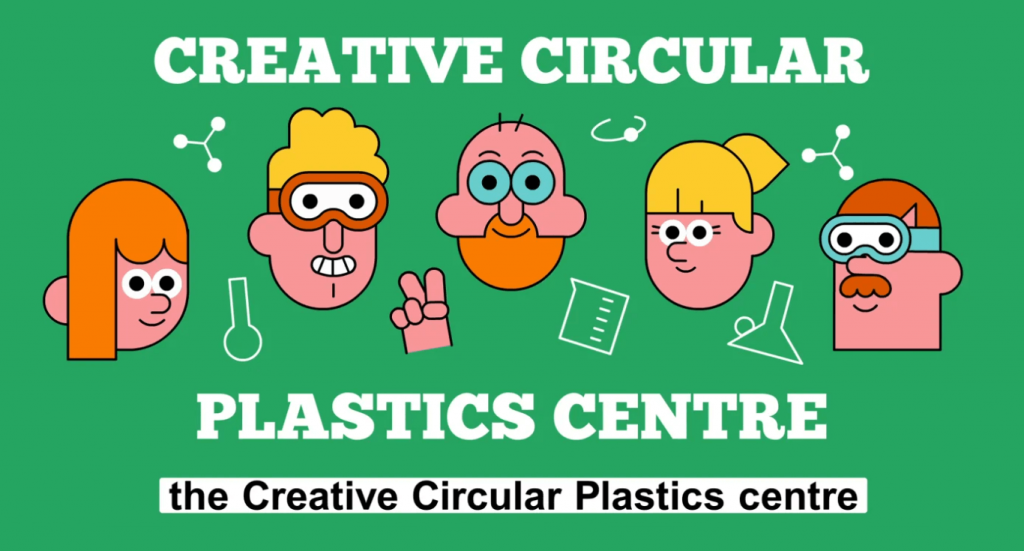
Our challenge:
Making people care about plastic pollution.
Explaining to a broad audience how hydrogen fuels are produced, what they have to do with plastic pollution and how innovation could help us clean up the oceans.
Our science story:
People may not want to think too hard about the plastic bottles they throw away, but many care about clean seawater.
We develop a narrative that connects our viewers emotionally with the topic: by 2050, there could be more plastic in the oceans than fish. Is this the future that we want? Recycling could help us escape that doomsday scenario.
The story offers not just some shocking figures about future pollution if we don’t act now, but also a possible happy ending that involves new technology. And some pretty cute fish imagery.
Verdict:
There’s plenty of fish in the sea. For now. Making people care about where their plastic bottles end up could help ensure it stays that way.
How to tell your science story: quick style guide
Tone
The tone of your scientific story will depend on the outlet and audience, but as a general rule: being scientifically accurate has nothing to do with being boring. To pick the right tone of voice, ask yourself how you’d like your audience to feel about your message.
Technical terms and jargon
If you encounter words and expressions that can only be understood by someone with expert knowledge in this particular field, replace them with plain English equivalents if you can.
If that’s not possible, make sure you provide an explanation when first using the term.
Be concrete
If you need to talk about concepts that are abstract or difficult to grasp, help your audience to visualise them by making them concrete: use practical examples as illustrations where possible, and work with analogies and comparisons where not.
Explaining how the scientific or technical topic fits into your audiences’ reality will also help to achieve this objective – by mentioning practical use cases, for instance.
Don’t be afraid to simplify
Don’t let your story get bogged down by technical mumbo-jumbo.
It can take some practice to know how much you can remove without distorting the message. It can help if you just try removing cumbersome explanations and see what happens.
Is the text still accurate? Is the overall message still understandable? Then you can safely get rid of them.
>> More advice on how to simplify without dumbing down
Looking for help to create your own science stories?
Illustrations: Etienne and Alix
